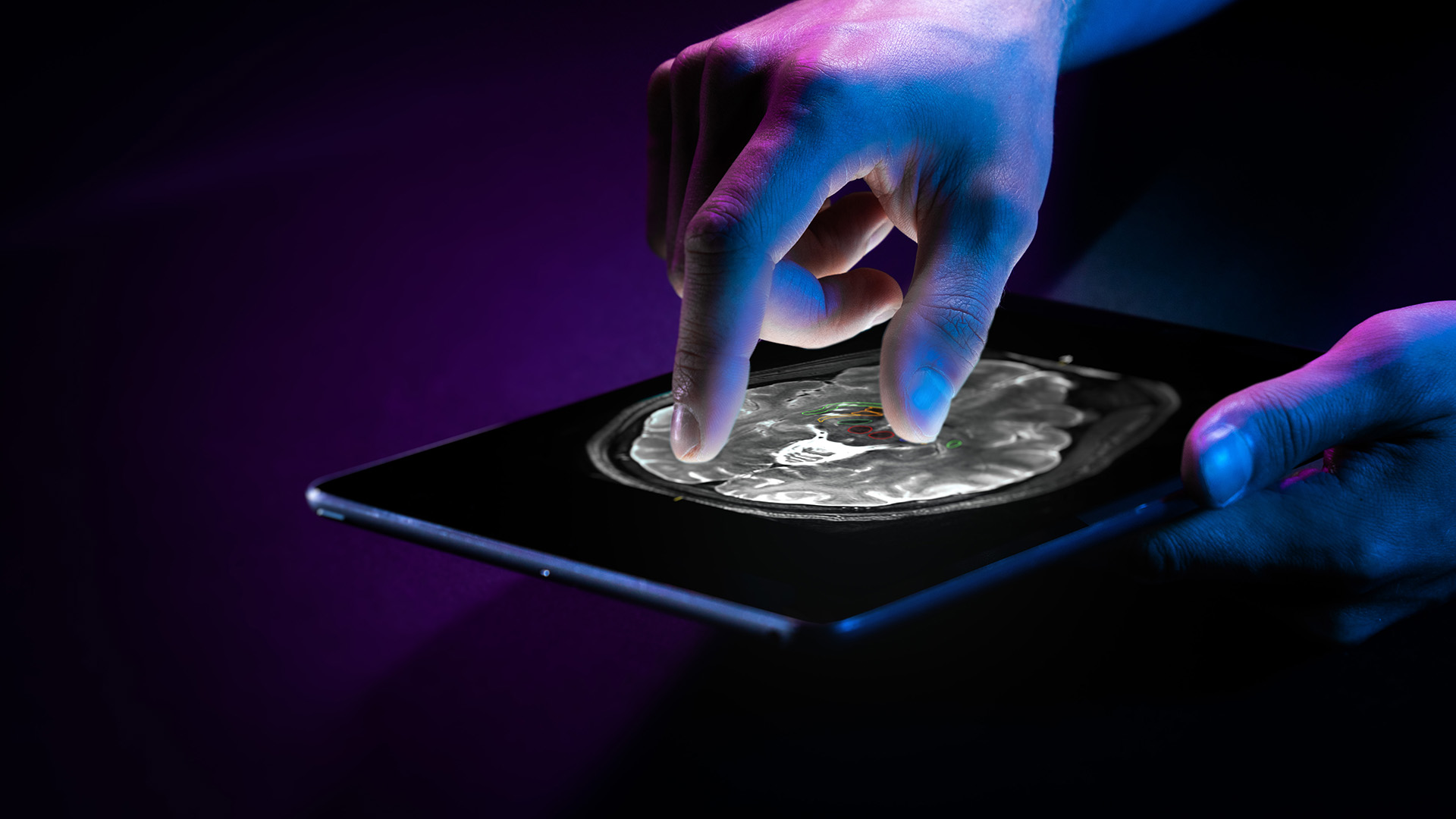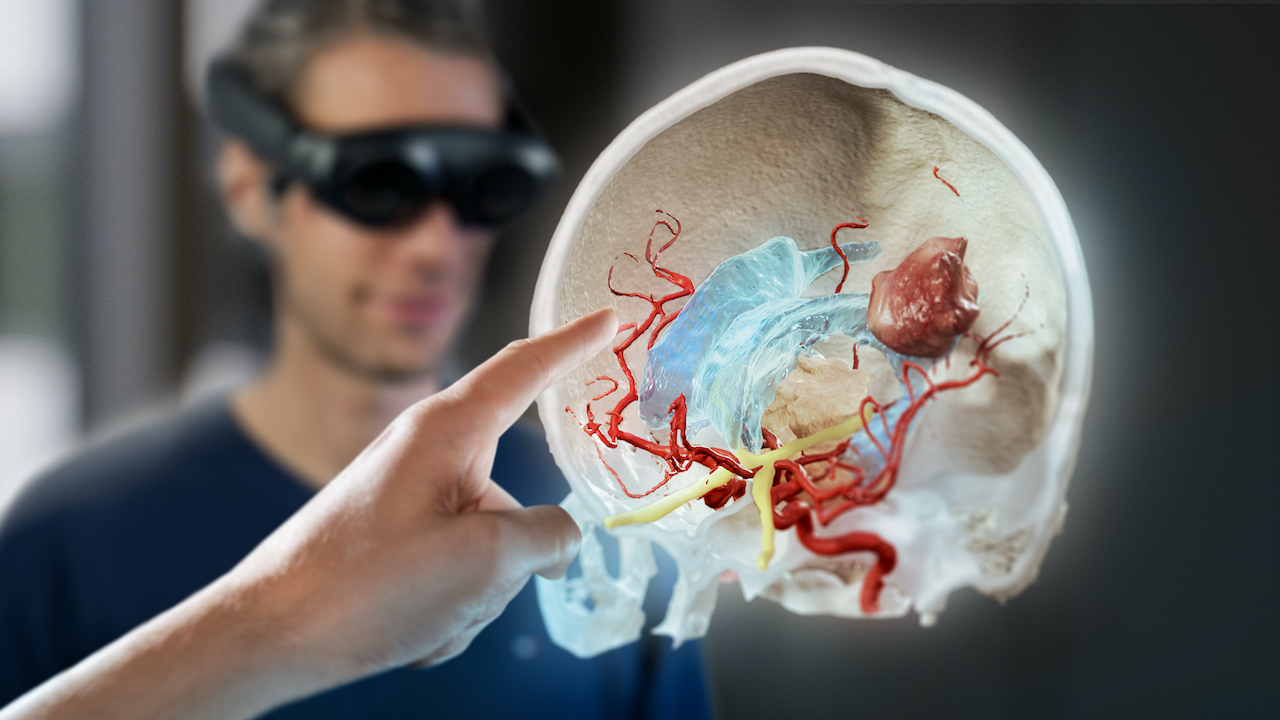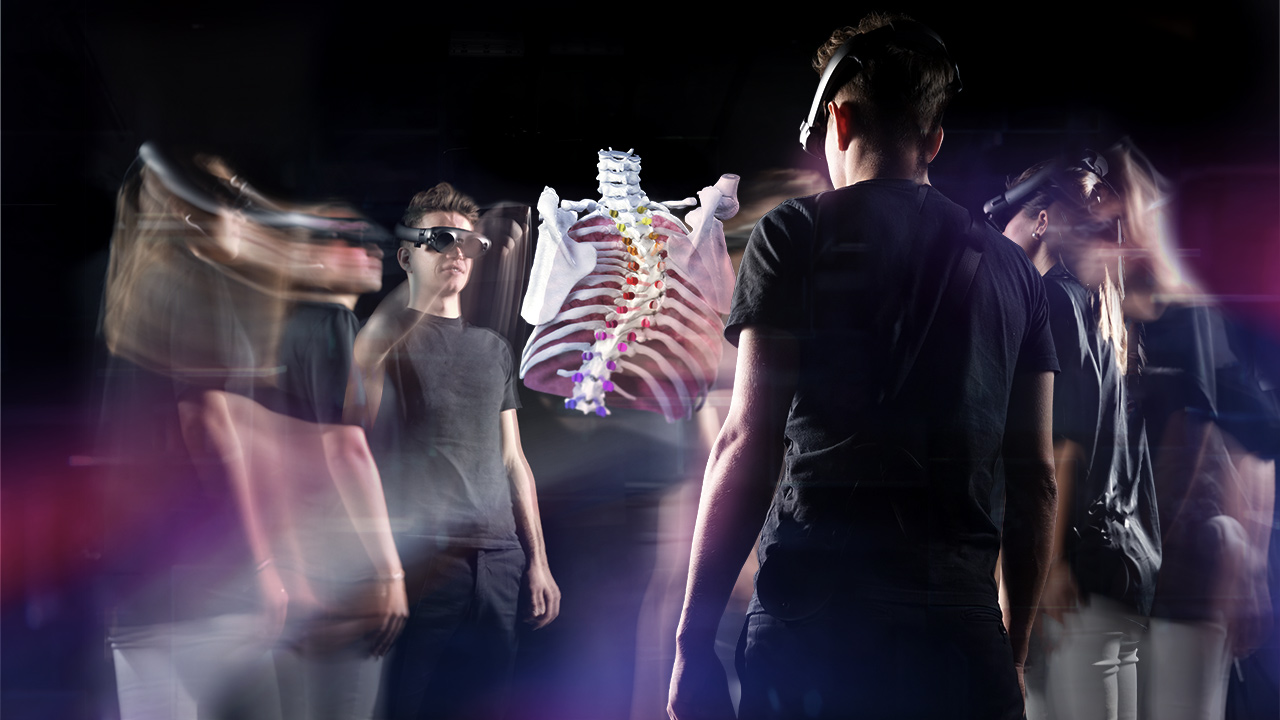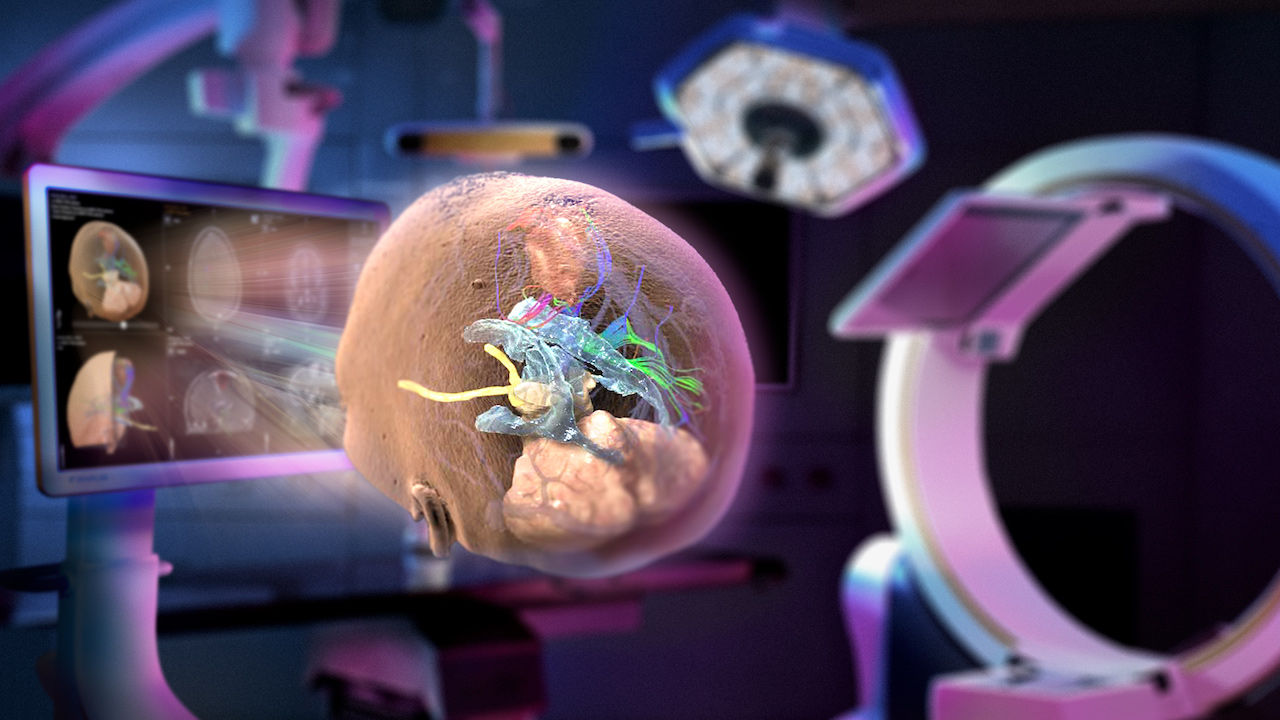-
Our vision for mixed reality Sensational
InteractionGet a deeper sense of your patients by changing the way you interact with their digital models.
-
Our vision of interaction
When you assess a patient, you examine them from all sides.
You walk around and
interact with them.
What if you could do the same with their digital images? -
Our vision of interaction
Brainlab Mixed Reality
lets you interact
with patient data
as you would with patients.
Mixed Reality Viewer1
With a glance, your room is digitized for spatial computing and images are transported from Elements Viewer software on screen into the room in front of you with the help of Magic Leap spatial computing platform.
How it works together
Stepping into the world of mixed reality involves the seamless cooperation of seriously powerful technology. Follow the flow of data and discover each of the interconnected components.
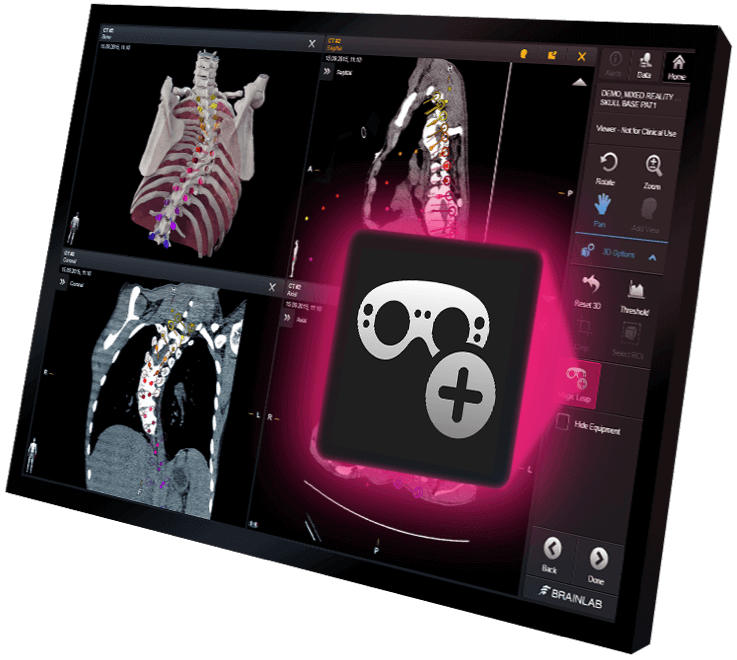


This software is the foundation on which the mixed reality experience is built. From here, a click of the Magic Leap icon and a glance at a QR code transports the content from Viewer into mixed reality.
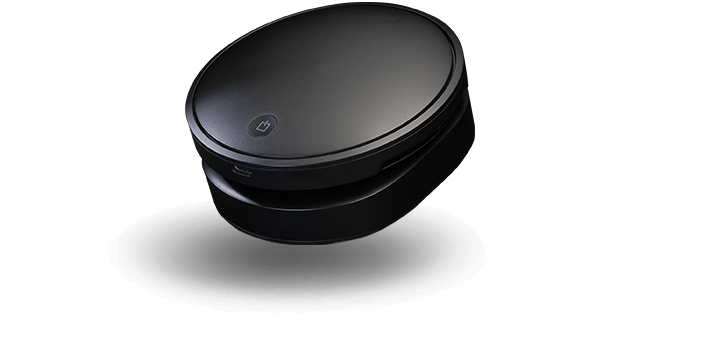



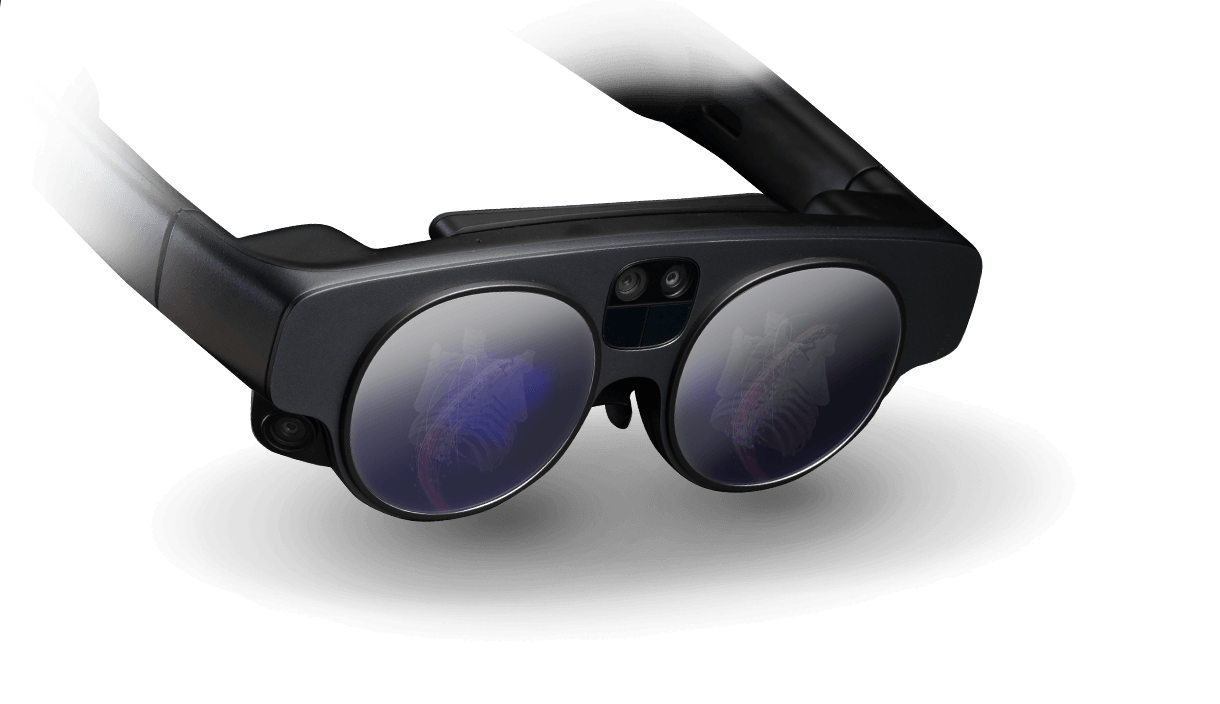

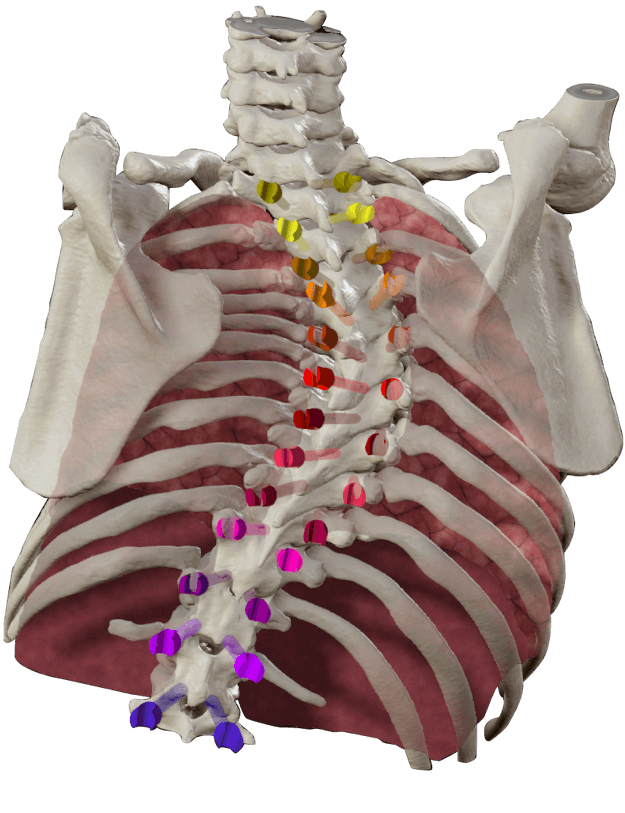
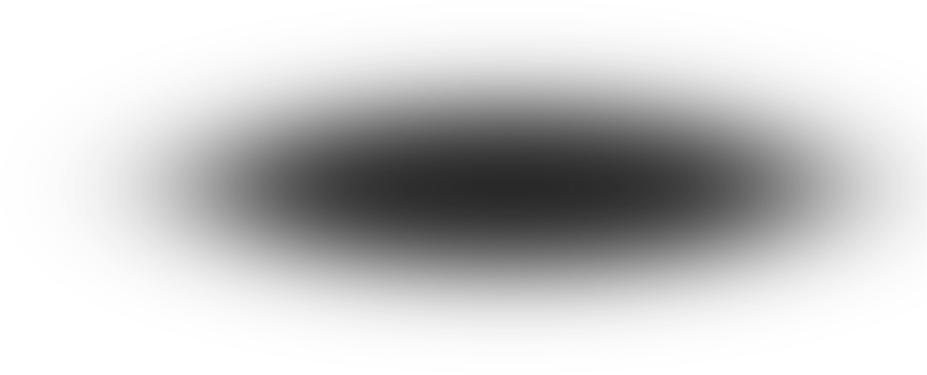
Walk around and interact with the resulting mixed reality images as you would with a real patient.
Enter the world of mixed reality through the Magic Leap spatial computing platform. Interact with the digital and physical world with the Lightwear, Lightpack and Control.
Our vision becomes reality
Mixed Reality Viewer is our first software that brings our vision for spatial computing to life.
Develop your vision for mixed reality
You can push the evolution of interaction by joining the Brainlab Mixed Reality Development Framework.
Create third party spatial computing applications for surgery, radiotherapy, and other medical interventions.
1
Not yet commercially available in several countries. Please contact your sales representative.
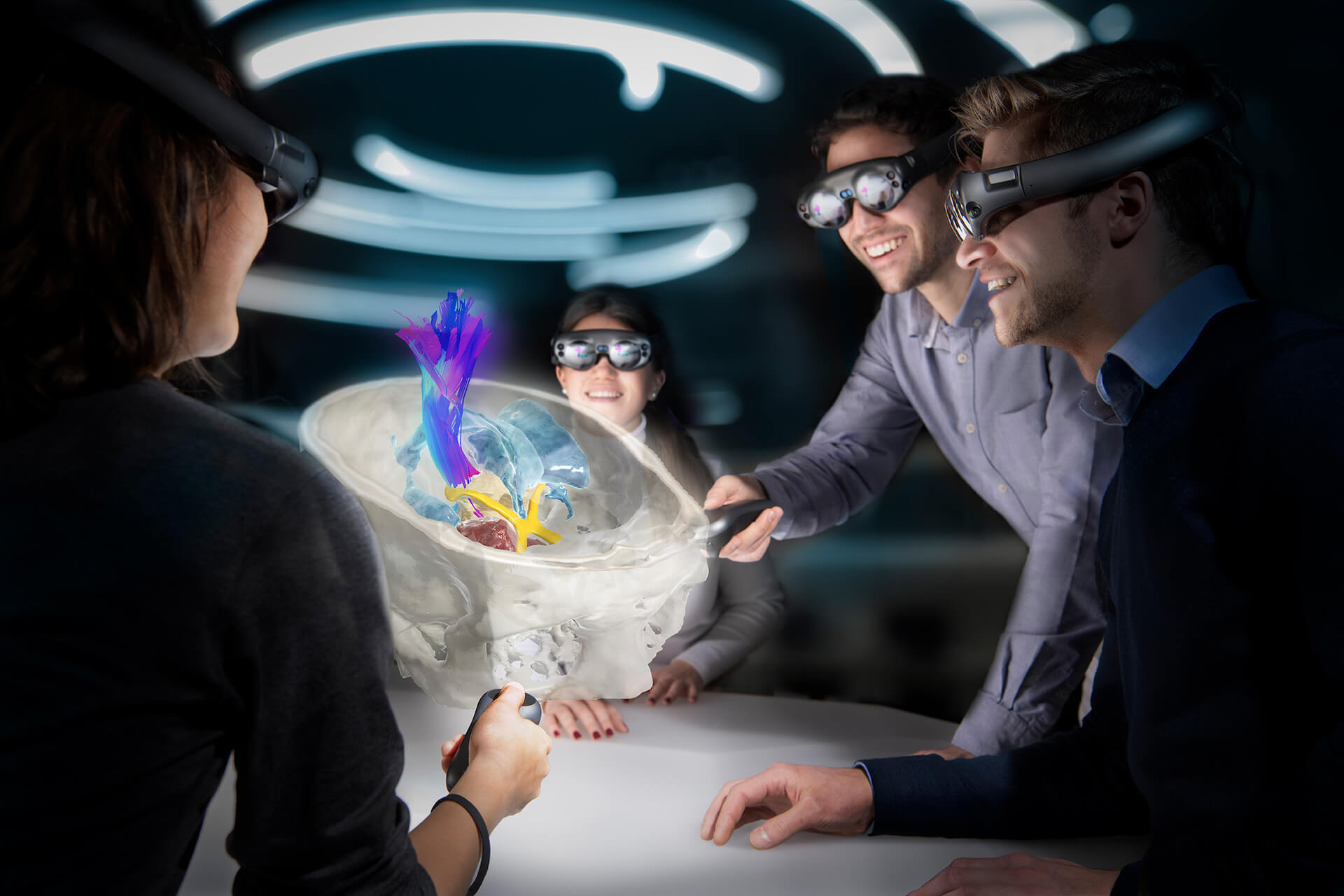
Reach out to us
Learn more about mixed reality and unveil exactly how it can enhance our practice.
Get in touch

